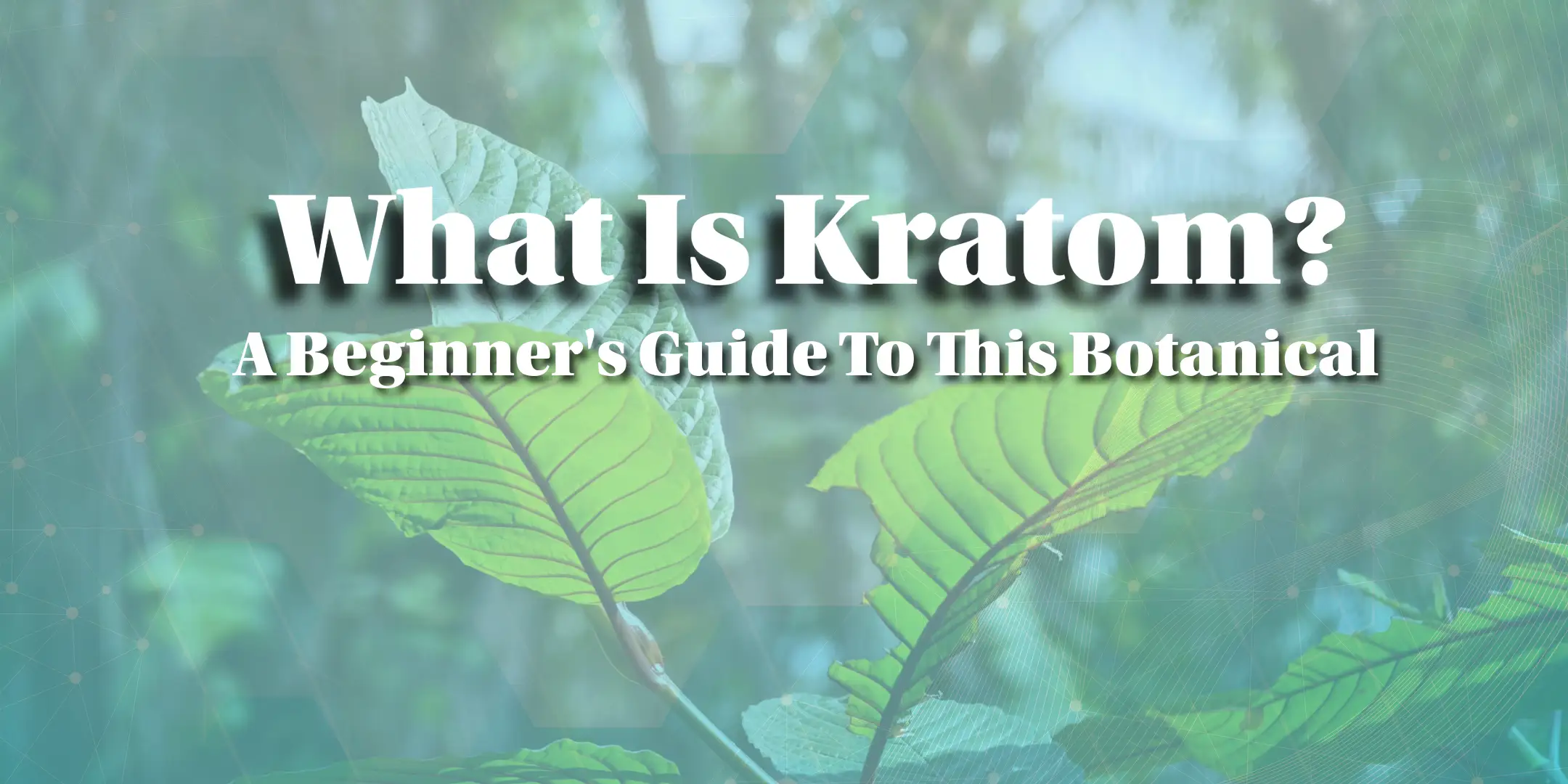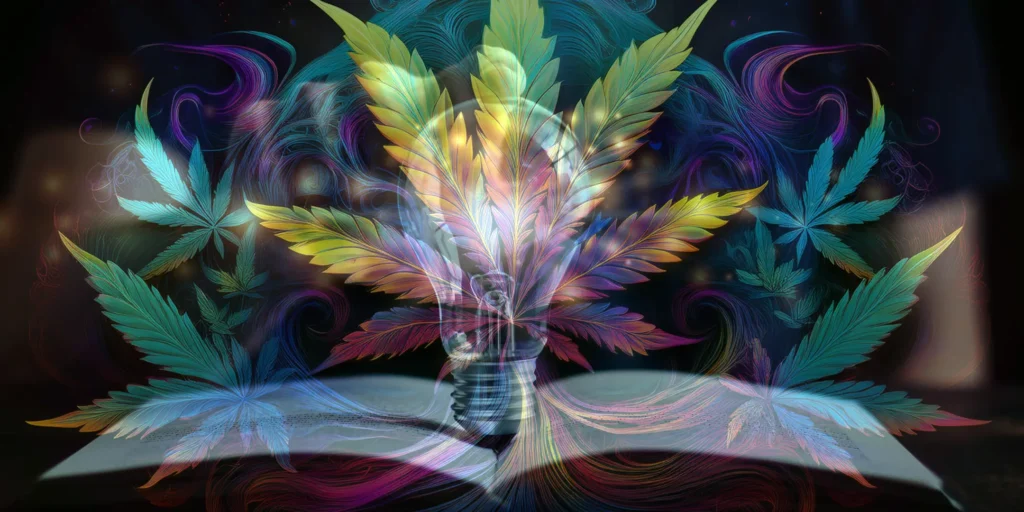
Kratom (Mitragyna speciosa) is a tropical evergreen in the coffee family, native to Southeast Asia. Its leaves contain naturally occurring alkaloids and have been part of traditional use in countries such as Indonesia, Malaysia, and Thailand. In the United States, kratom is offered as a botanical product for adults where permitted. At The Botany Bay, we stock kratom from multiple trusted brands, including Earth Kratom, 1836 Kratom, MIT 45, and others.
How Kratom Strains Are Named
Kratom strain names don’t all follow the same system. Instead, they can come from several traditions:
- Regional Names: Some strains reference where kratom has historically been grown or exported, such as Bali, Malay, or Sumatra. These names are widely used in the marketplace, even though they don’t always guarantee exact geographic origin today.
- Leaf Characteristics and Harvesting: Names like Horn, Elephant, and Maeng Da are connected to selective harvesting and leaf traits rather than region.
- Processing and Drying Techniques: Certain strains are identified by how the leaves are dried or fermented. Bentuangie, for example, is a fermented kratom. The familiar red, green, and white designations are also tied to drying methods and harvest timing, not separate species of kratom.
- “Gold” Kratom: Gold is not a true vein color. Instead, the label usually refers to blends of other veins (often red and green) or to particular drying or fermentation methods. Some companies use “gold” purely as a marketing term.
These naming conventions help organize products but don’t always indicate a fundamental difference in the plant itself. Much of the variation comes from processing and alkaloid profile.
Common Kratom Formats
- Powder: Finely ground leaf, usually packaged in resealable bags.
- Capsules: Pre-measured powder in capsule form. See our kratom capsule selection.
- Extracts: Concentrated products made by isolating kratom’s alkaloids. These are offered as shots, tinctures, and sometimes capsules. Extracts often focus on alkaloids like mitragynine and 7-hydroxymitragynine. We also carry 7-hydroxy products and kratom/kava blend shots, which are especially popular.
Important Clarification on 7-Hydroxymitragynine
The alkaloid 7-hydroxymitragynine has been the subject of debate. Some sources mistakenly claim it is artificial, which has led to confusion. In fact, 7-hydroxymitragynine is naturally occurring, though it is present only in trace amounts in raw kratom leaves. Products highlighting this alkaloid are available, but it is important to understand that kratom naturally contains it without chemical alteration.
Legal and Regulatory Notes
Regulations in the U.S. vary by state, county, and municipality. Some jurisdictions have adopted versions of the Kratom Consumer Protection Act (KCPA), which sets standards for labeling and sales. Age requirements also differ, with some areas setting the minimum at 18 and others at 21. Always confirm local laws before purchasing kratom.
Important Information
- For adults only. Age restrictions vary by location.
- Not evaluated by the FDA.
- Not intended to diagnose, treat, cure, or prevent any disease.
- Keep out of reach of children and pets.
Frequently Asked Questions
What plant does kratom come from?
Kratom comes from the leaves of Mitragyna speciosa, an evergreen in the coffee family.
What types of kratom products are available at The Botany Bay?
We offer kratom powders, capsules, extracts, and kratom/kava blends from multiple established brands. Availability may vary online and in-store.
Is 7-hydroxymitragynine naturally occurring?
Yes. While present only in trace amounts, 7-hydroxymitragynine is naturally found in kratom leaves. It is not an artificial compound.
Do kratom extracts differ from powders and capsules?
Yes. Extracts are concentrated products that emphasize alkaloid content. Powders and capsules contain the whole ground leaf, while extracts are processed for specific components or convenience formats.

